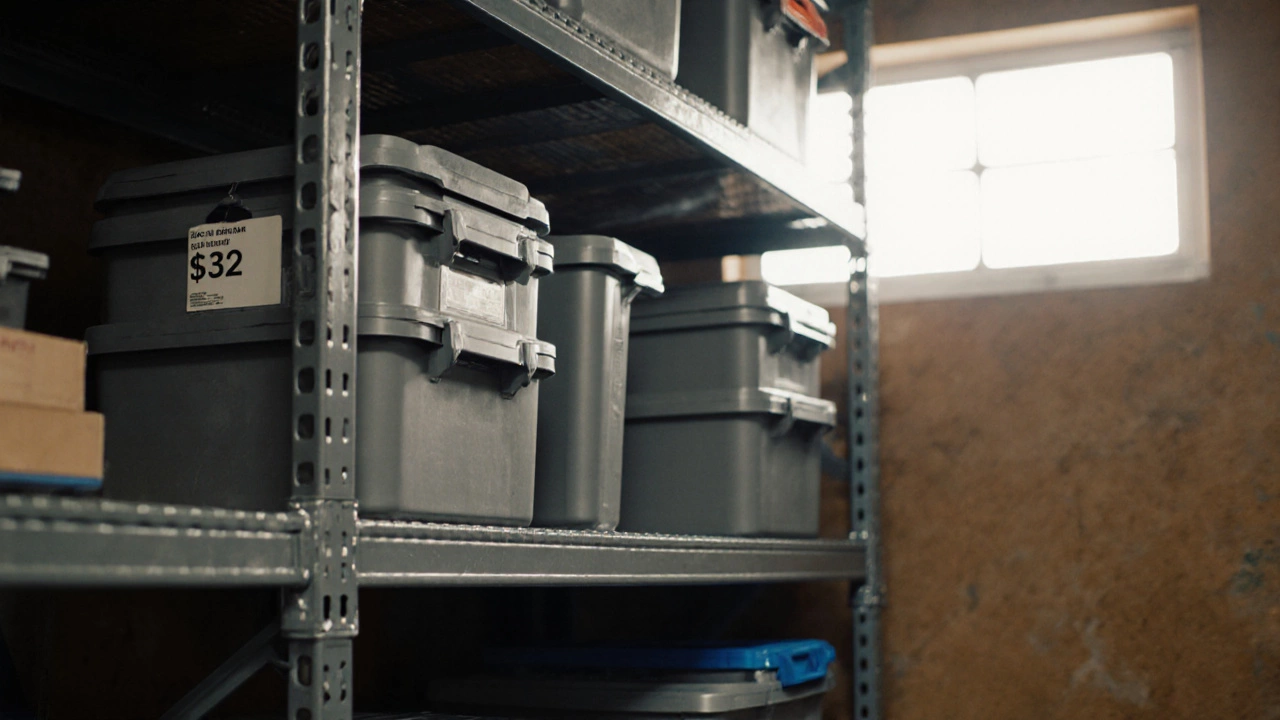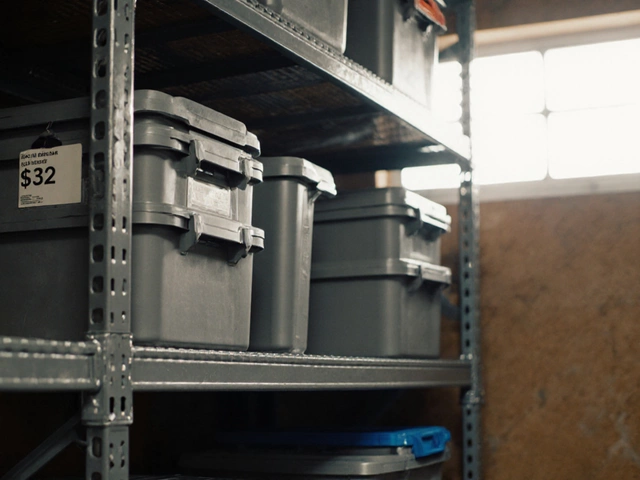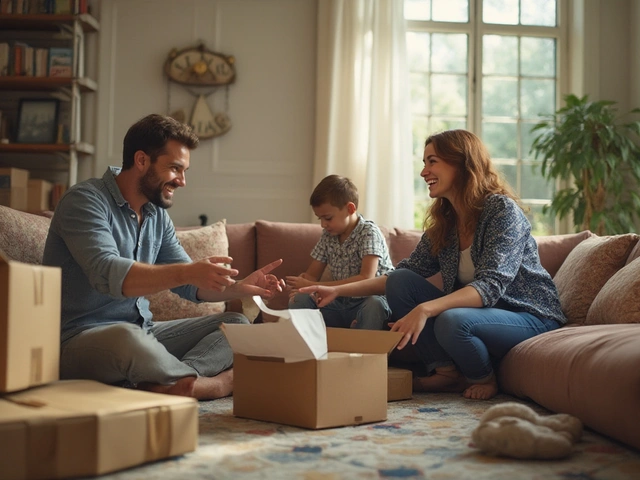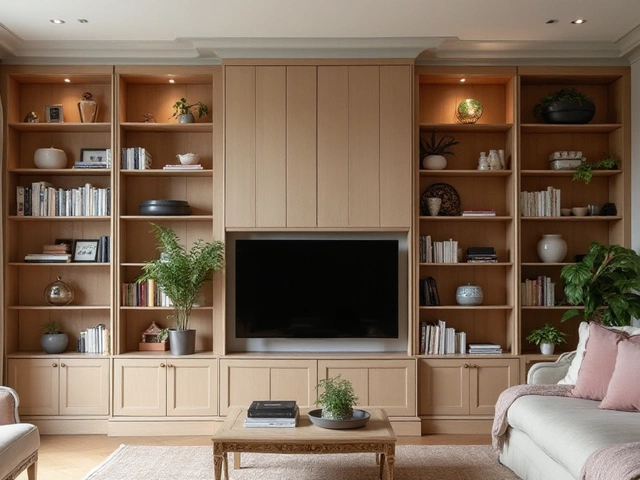Storage Cost Comparison Calculator
Calculate Your Real Storage Value
See how much you'll actually spend on storage solutions over time. Cheap options often cost more in the long run due to replacements.
Your Results
Cheap Storage
Cost per year:
5-year total:
Durable Storage
Cost per year:
5-year total:
Cost Comparison
SAVINGS over 5 years
Cheap storage requires replacement after years
Ever looked at a storage bin, a closet organizer, or a garage shelf and thought, Why does this cost so much? You’re not alone. In 2025, even basic plastic bins with lids are hitting $30. A simple wall-mounted shelving unit can run $150. And don’t get started on custom built-ins-those can cost thousands. It feels like storage is getting more expensive every year. But here’s the truth: it’s not just inflation. There are real, measurable reasons why storage solutions cost what they do-and most of them have nothing to do with the plastic or wood itself.
Materials aren’t the main cost
You’d think the price comes from the raw stuff-plastic, metal, wood. But that’s not where most of the money goes. A typical plastic storage bin might use $1.50 worth of polypropylene. A steel shelving unit? Maybe $8 in metal. The real cost comes from everything else: design, shipping, safety testing, packaging, and retail markup.
Take plastic bins. They’re not just molded plastic. They have to be food-safe if they’re meant for kitchens, UV-resistant if they’re for garages, and stackable with precise tolerances so they don’t collapse under weight. That means engineering. That means molds that cost $50,000 to make. And if you’re selling in New Zealand, Australia, or Europe, those molds have to meet different safety standards. That’s not cheap.
Even ‘budget’ brands don’t cut corners on compliance. If a bin fails a drop test or doesn’t meet flammability ratings, the whole batch gets pulled. Companies can’t afford that risk. So they build in the cost of testing from day one.
Shipping and logistics eat up half the price
Think about where your storage gear comes from. Most of it is made in China, Vietnam, or Mexico. Then it gets packed into containers, shipped across oceans, unloaded at ports, trucked to warehouses, sorted, and finally delivered to stores or your front door.
In 2025, global shipping rates are still 40% higher than pre-pandemic levels. Port delays, fuel surcharges, and labor shortages keep costs elevated. A 40-foot container from Shanghai to Auckland costs $8,500 today-up from $4,200 in 2019. That’s not just a line item. It’s baked into every single item inside that container.
And then there’s last-mile delivery. If you buy a large storage cabinet online, the delivery fee might be $79. Why? Because it’s bulky, heavy, and needs two people to carry it. That’s not a ‘convenience fee.’ That’s a labor cost. And companies don’t absorb it-they pass it on.
Retailers need to make money too
When you walk into a home improvement store, you’re not buying from the manufacturer. You’re buying from a retailer. And retailers have to cover rent, staff wages, utilities, marketing, and profit margins.
Let’s say a storage shelf costs $25 to make and ship to a warehouse. The distributor sells it to the store for $40. The store marks it up to $95. That’s not greed. That’s how retail works. The store needs to pay its sales staff, keep the lights on, and make enough to reinvest in new stock. If they sold it for $45, they’d lose money.
And here’s the kicker: big-box stores don’t sell a lot of storage items. People don’t buy them every month like toilet paper. So each sale has to carry a higher margin to make up for low turnover. That’s why you see the same $120 storage unit on sale for $89 every six months. It’s not a deal-it’s just how the math works.
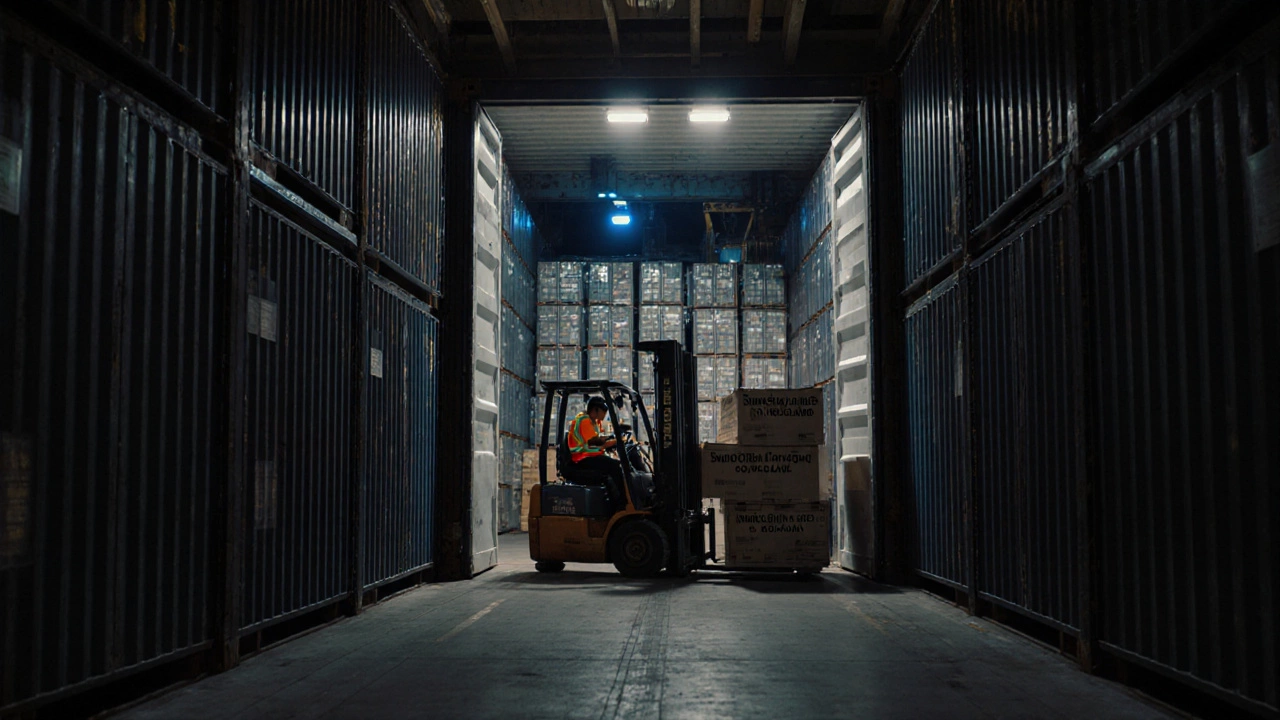
Design and branding add hidden costs
Why does a simple plastic bin from IKEA cost $15, but a similar one from a ‘premium’ brand like The Container Store costs $35? It’s not better plastic. It’s better design.
Premium brands invest in ergonomics: handles that don’t dig into your palms, lids that snap shut without force, labels that stick and don’t peel. They test these designs with real users. They hire industrial designers. They run focus groups. All of that costs money.
And then there’s branding. When you buy a product with a name you trust, you’re paying for the reputation. That $35 bin isn’t just plastic-it’s peace of mind. You know it won’t crack in the cold, it won’t smell weird, and it won’t fall apart after three months. That reliability is expensive to guarantee.
Custom storage? You’re paying for labor, not stuff
Custom closets, built-in cabinets, garage storage systems-these aren’t products. They’re services. You’re not buying wood and screws. You’re paying for a carpenter’s time, measurements, planning, and installation.
A professional carpenter in Auckland charges $75-$110 an hour. A full custom closet takes 20-40 hours. That’s $1,500 to $4,400 in labor alone. Add materials, permits, and delivery, and you’re easily at $5,000.
And here’s what people forget: custom storage isn’t a one-time purchase. It’s a renovation. It changes your home layout. It requires electricians, drywallers, maybe even structural engineers. That’s why it costs so much. You’re not buying a shelf. You’re hiring a project.
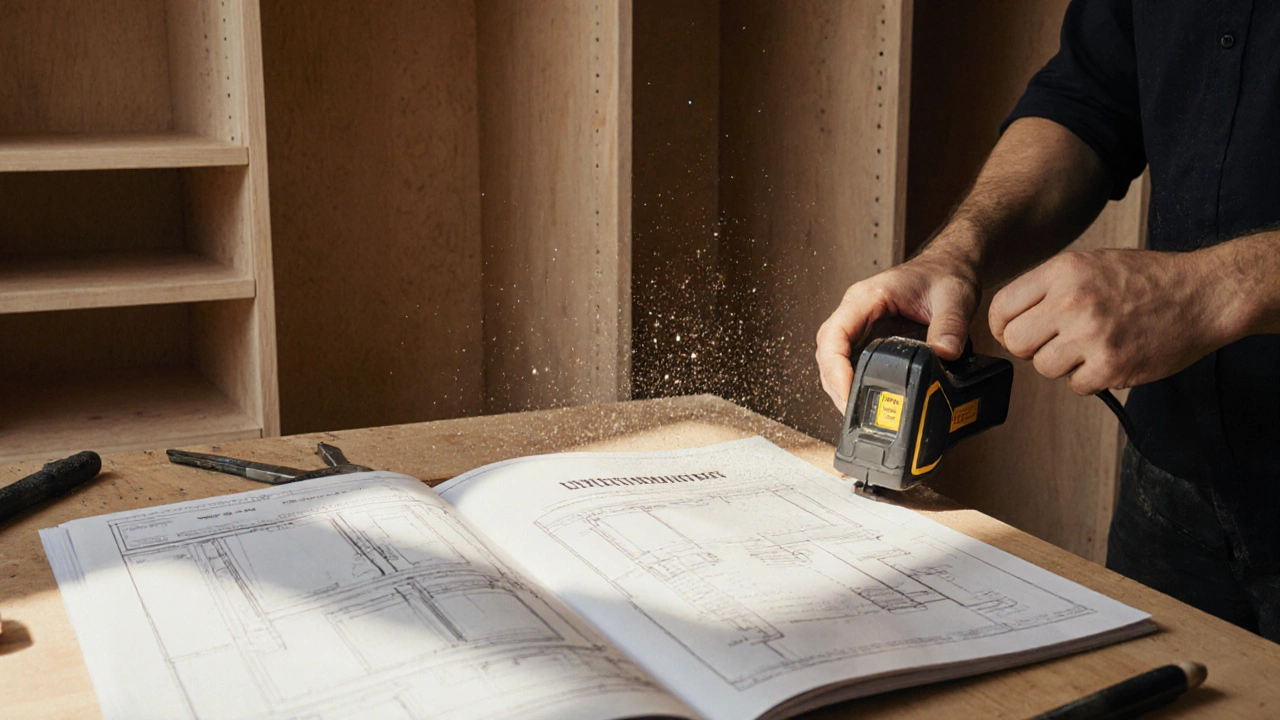
Why cheap storage fails-and costs more in the long run
It’s tempting to grab the $10 bin at the discount store. But here’s what happens next: it cracks in winter. The lid warps. The handle breaks. You throw it out after six months. Then you buy another one. And another.
Studies show that households using low-quality storage spend 2.5 times more over five years than those who invest in durable solutions. Why? Because broken bins mean lost items. Lost items mean buying duplicates. Duplicates mean more clutter. More clutter means more stress.
That $40 bin with a lifetime warranty? It’s not expensive. It’s a smart investment. It holds your winter coats, holiday decorations, and tools without failing. You don’t have to replace it. You don’t have to reorganize. You don’t have to waste time and energy.
How to save without sacrificing quality
You don’t need to spend $200 on a storage system. But you do need to be smart.
- Buy in bulk during sales. Stores clear out storage items in January and August. That’s when you get the best deals.
- Look for open-box returns. Many online retailers sell returned items at 30-50% off. They’re unused, still in perfect condition.
- Choose modular systems. A $60 base unit with add-on bins is cheaper than buying five separate boxes.
- Use what you have. Old bookshelves, crates, and baskets can be repurposed. A coat rack becomes a hat organizer. A shoe box becomes a drawer divider.
- Buy secondhand. Facebook Marketplace and local thrift stores have tons of storage units. Many are barely used.
And remember: the goal isn’t to spend the least. It’s to spend wisely. A $50 storage solution that lasts 10 years costs less than a $10 one that dies in 6 months.
Storage isn’t getting more expensive-it’s just revealing its true cost
Storage solutions aren’t expensive because companies are greedy. They’re expensive because they’re engineered to last, shipped across continents, tested for safety, and sold through layers of distribution. The cheap ones aren’t cheaper-they’re just hiding their real cost in broken handles, lost items, and repeated purchases.
If you want to stop overpaying, stop comparing prices. Start comparing value. Look at durability. Look at warranty. Look at reviews from people who’ve used it for years. That’s where you’ll find the real savings.
Why are plastic storage bins so expensive now?
Plastic bins aren’t expensive because of the plastic-they’re expensive because of the engineering. They need to be stackable, UV-resistant, food-safe, and durable enough to survive drops and temperature changes. Making those molds costs tens of thousands of dollars, and safety testing adds more. Plus, shipping from overseas has gotten pricier since 2020, and those costs are passed on.
Is it worth buying expensive storage solutions?
Yes-if you plan to use them for more than a year. Cheap storage often breaks, warps, or fades within months. That means replacing it, losing items, and spending more time organizing. Durable storage, even if it costs twice as much upfront, saves you money and stress over time. A $60 bin that lasts 10 years costs less than five $15 bins that fail every two years.
Why do custom storage systems cost so much?
Custom storage isn’t a product-it’s a service. You’re paying for measurements, design, carpentry, installation, and sometimes permits. A professional carpenter charges $75-$110 per hour. A full custom closet can take 30+ hours. That’s $2,000-$3,000 in labor alone, not counting materials. It’s like hiring a contractor for a small renovation.
Are storage sales real or just marketing?
They’re real-but timing matters. Most stores clear out storage items in January (after the holidays) and August (before school starts). That’s when inventory turns over and discounts are deepest. Sales in March or October? Usually just inflated prices pulled back a little. Wait for the right season.
Can I build my own storage to save money?
Absolutely. A basic wooden shelf using 2x4s and plywood costs under $40 in materials and takes a weekend to build. Many YouTube tutorials walk you through it. You’ll save 70% compared to buying pre-made units. Just make sure you have the right tools and measure twice. Poorly built storage is worse than no storage.
